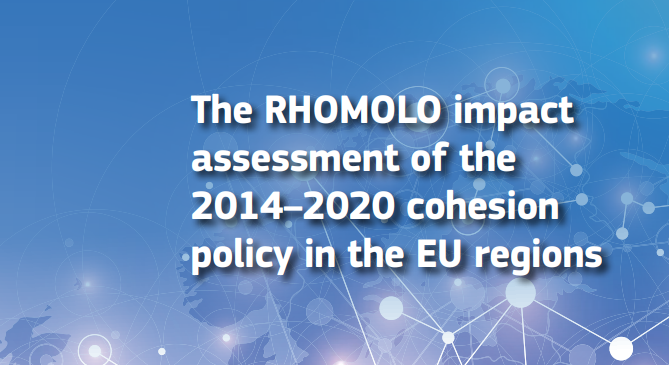
Working Papers
Date: 10 oct 2022
Period: 2014-2020
Theme: Business support, Culture, Energy, Environment, Rural development, Tourism, Transport, Urban development, Evaluation, Innovation, Research & Development, Territorial cohesion, Social inclusion, Jobs, Education and Training, Structural Funds management and Governance
Languages: en
In this paper, we use a dynamic general equilibrium model (RHOMOLO) to assess the impact of the 2014-2020 cohesion policy programmes. The results of the simulations suggest that the policy has positive effects on the EU economy. By the end of the implementation period, the EU GDP is estimated to be up to 0.4% higher thanks to the policy. In the long run, the interventions produce positive returns. Fifteen years after the end of the programmes, each euro spent on the policy has generated €2.70 of additional GDP in the EU.
The impact of the policy is particularly high in the less developed regions of the EU, which are its main beneficiaries. It is lower in the more developed Member States and regions but, in the long run, the impact is generally positive even in the net contributors to the policy. This is partly due to the interregional spillovers generated by the policy by which interventions implemented in a given region also benefit to other regions in the EU, notably the ones having strong trade links with the main beneficiaries.
As a result, cohesion policy is shown to effectively contribute to reduce the extent of regional disparities in the EU.
The GDP impacts and multipliers are substantially larger in the less developed regions of the EU that are the main target of the policy. We also show that the policy has contributed to decrease or limit the increase in regional disparities, both at the EU level and within most of its Member States. We provide evidence on the cohesion impact being related to regional characteristics. In particular, the impact per euro spent is larger in regions with a strong export basis and with smaller private and public capital endowments.
